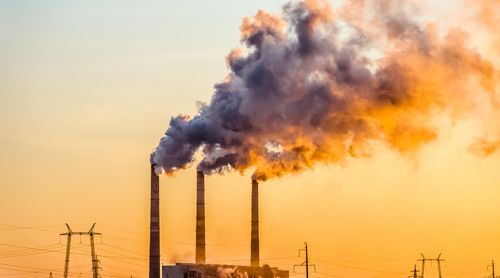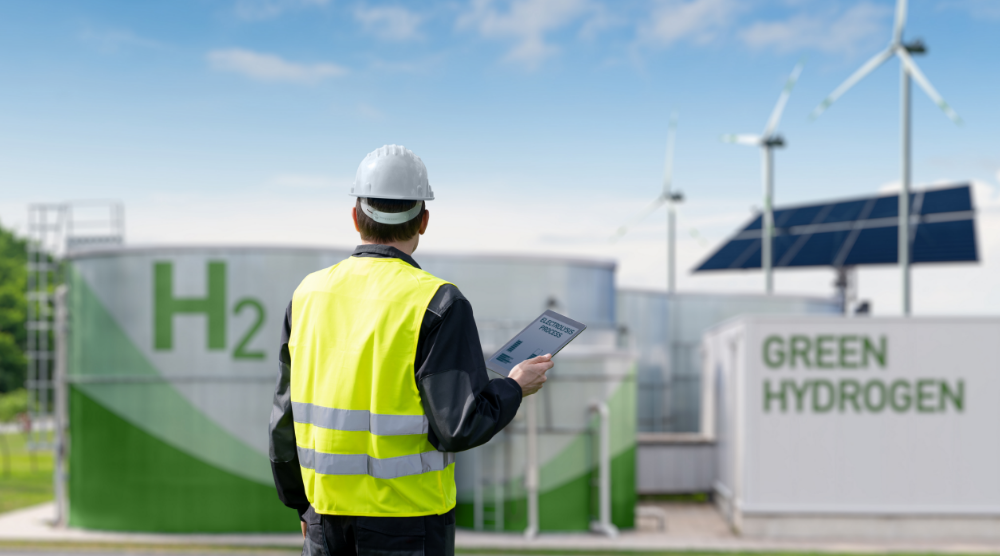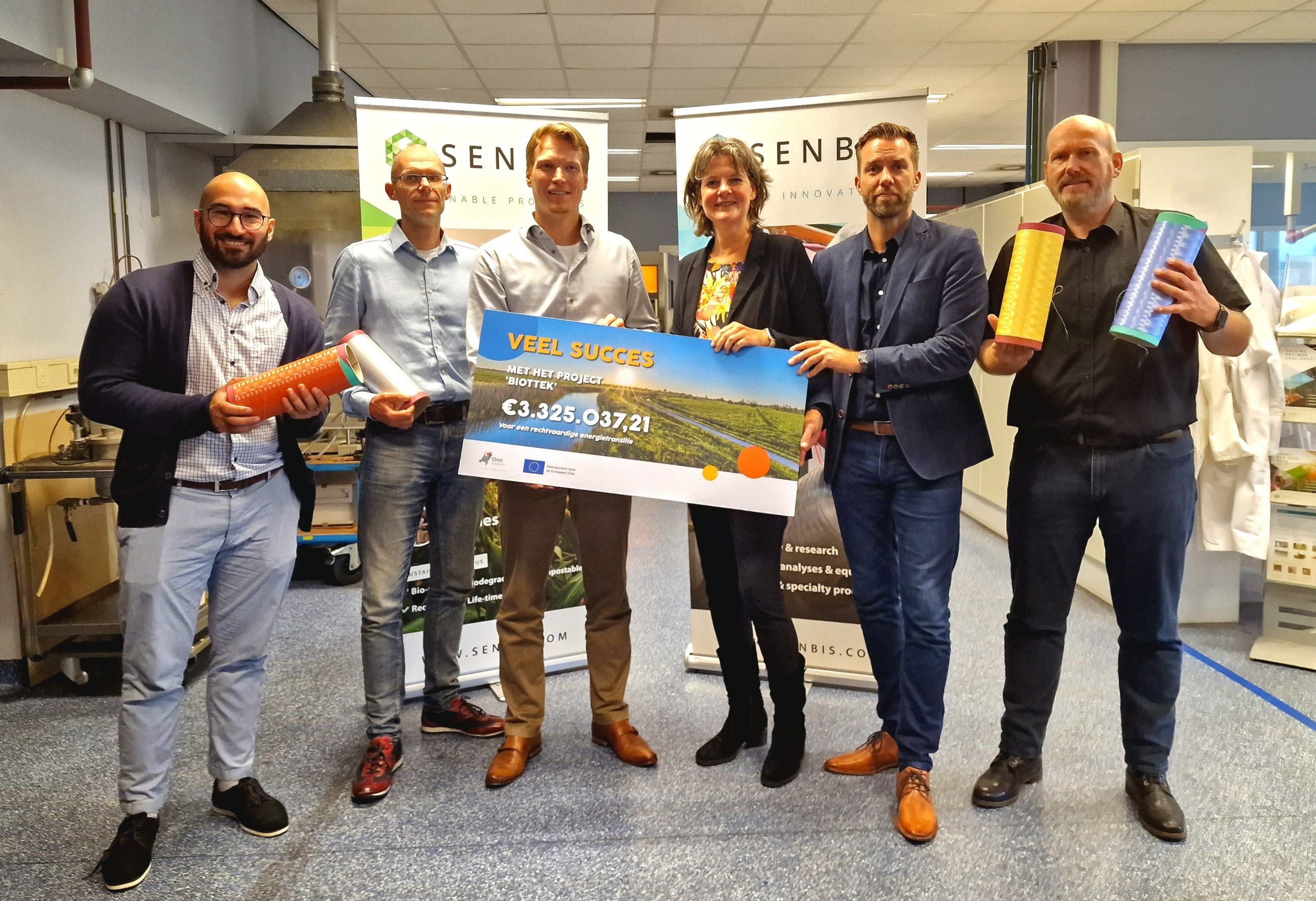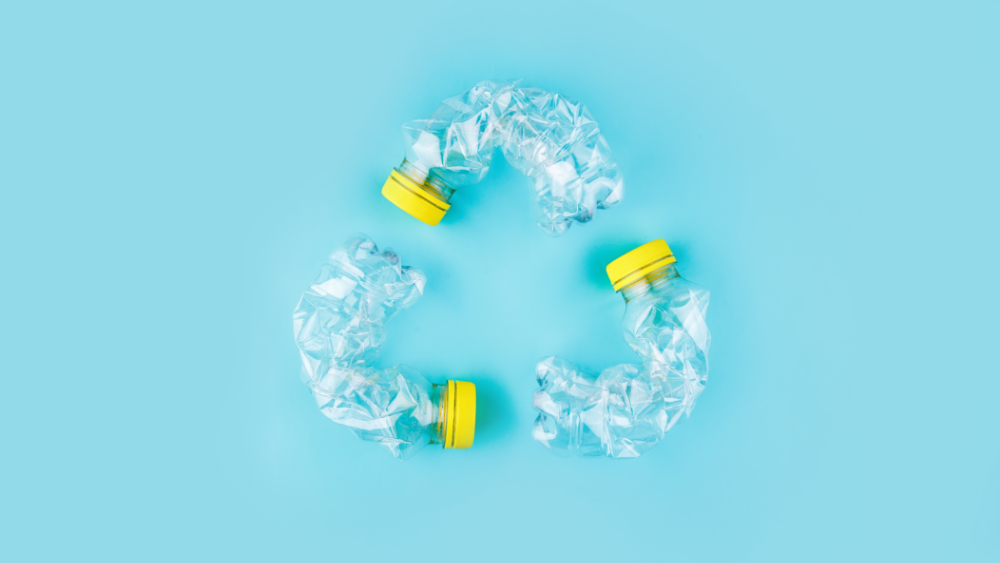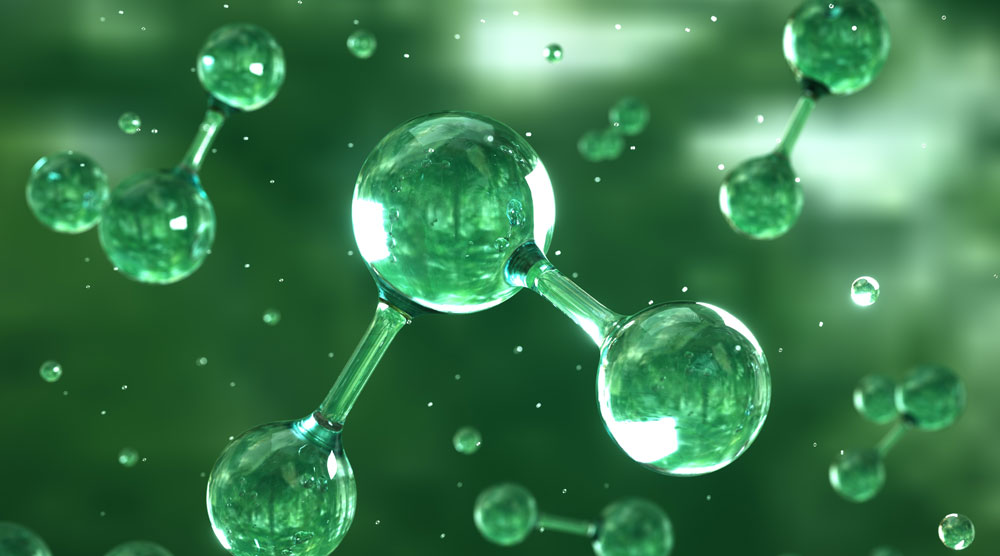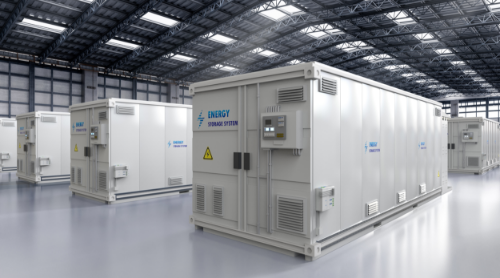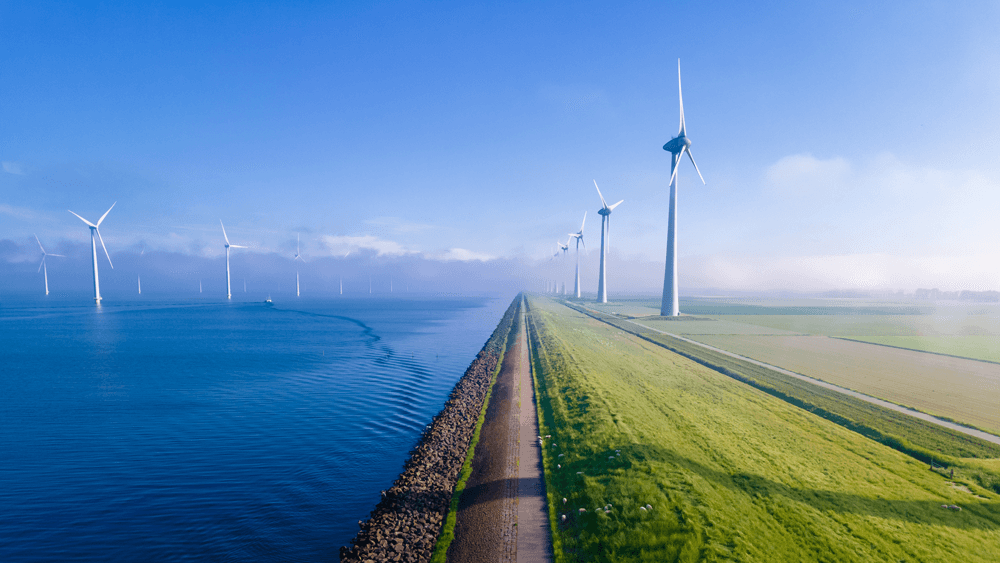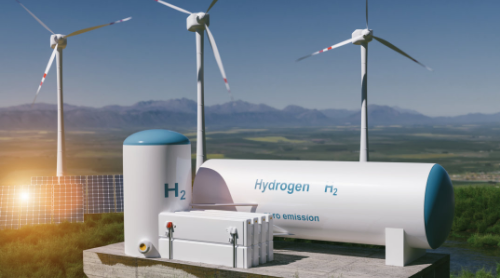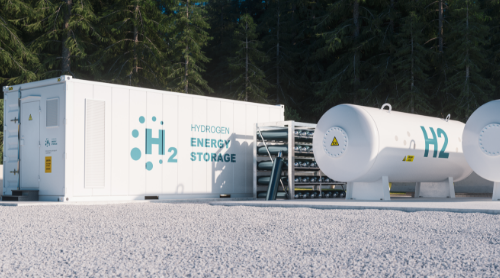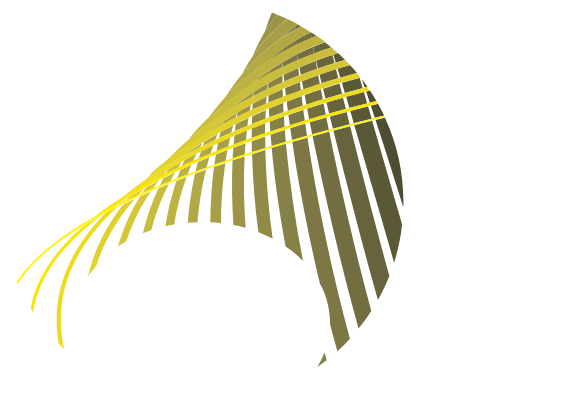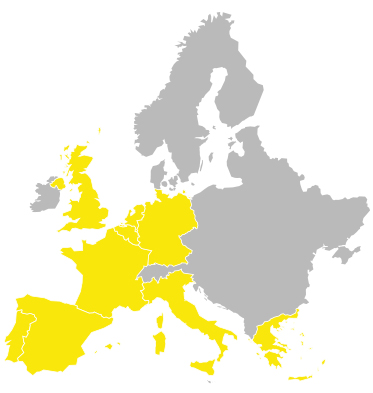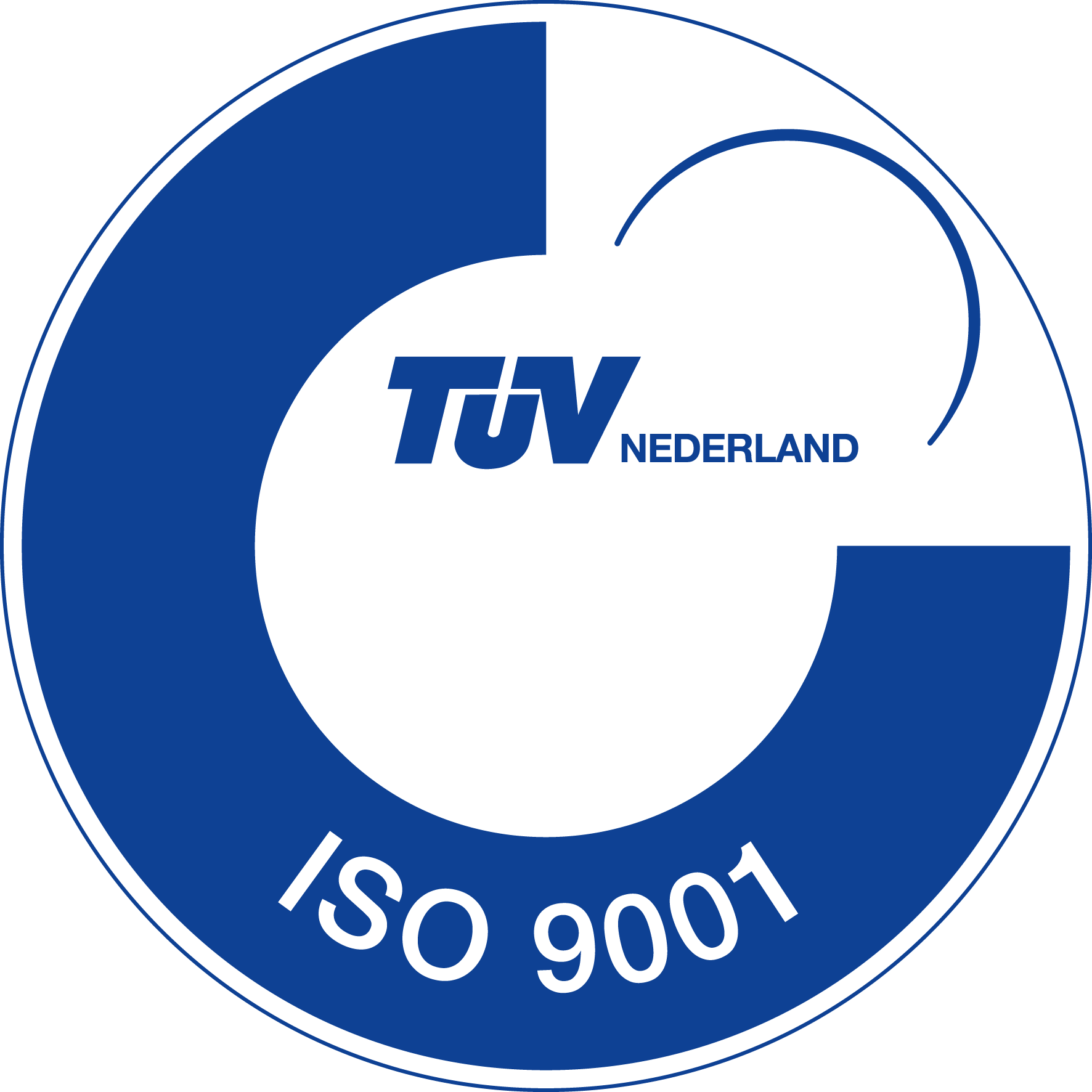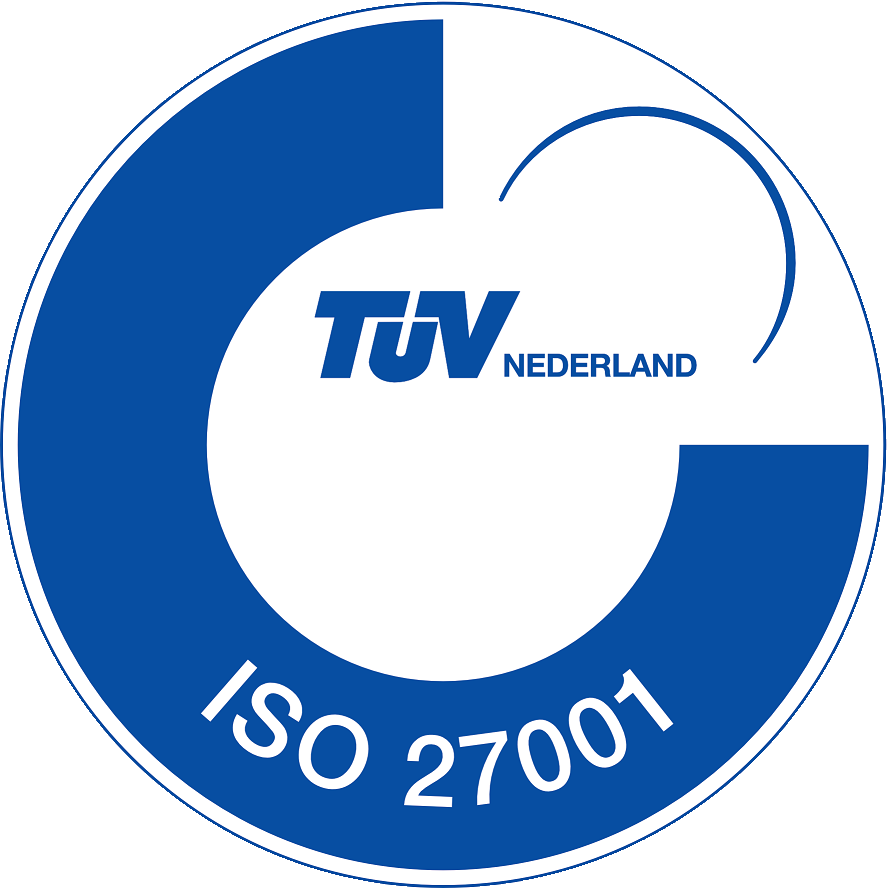Purpose of the BAIP grant scheme
The main aim of the BAIP grant scheme is to reduce ammonia emissions from large industrial emitters in the Netherlands. Ammonia is a major source of nitrogen pollution, leading to soil acidification and damage to flora and fauna, especially in Natura 2000 areas. By financially supporting companies in taking emission-reducing measures, the ministry aims to accelerate the transition to more sustainable production processes. This should help protect biodiversity and improve air quality.
Who can apply for the BAIP grant?
The BAIP grant is aimed at companies in the Netherlands that count as industrial peak ammonia emitters. These include sectors such as the chemical, heavy and agricultural processing industries that have a large share of ammonia emissions due to their production processes.
You are eligible for the BAIP grant if:
- you demonstrate that your activities have a substantial impact on ammonia emissions
- your business location is within 25 km of Natura 2000 sites and deposition in 2019 exceeded 2,500 mol/year (sum of total nitrogen load)
- your company falls under the Standard Industrial Classification (SBI), code C Industry
- your company is required to prepare, independently or on behalf of a permit group, a Pollutant Release Transfer Register (PRTR) report.
Which projects are eligible?
The BAIP grant is available for projects aimed at direct and sustainable reduction of ammonia emissions. These are projects by which you purchase, install and continuously use a downstream installation during your industrial process to capture ammonia from the emission stream. Other investments reduce emissions but are not downstream installations are not eligible. A downstream plant is a plant capable of capturing a desired amount of a given substance from the emission stream of an industrial process. The downstream installation has TRL level 9 (Technology Readiness Level, implementation phase) and may have multiple emission points (such as chimneys and pipes) leading to the downstream installation. It may also consist of an additional component that provides treatment of fluids, thus preventing possible spill-over effects (shifting of environmental burdens).
Grant amount, budget and eligible costs
The BAIP grant covers 100% of the eligible costs up to a maximum of 30 million euros. The total budget is 54 million euros. The grant is intended to cover costs that directly contribute to reducing ammonia emissions and are technically necessary. The eligible costs are the purchase and installation costs of one or more downstream installations. If you are already required to make this investment under a national or European Union standard, you are not eligible for this grant.
The more efficient your project, the more chance of obtaining the grant
The Netherlands Enterprise Agency ranks grant applications according to the cost-effectiveness criterion. This means that applications that are the most effective – i.e. reduce the most nitrogen emissions at the lowest possible cost – will receive a grant first. The agency divides your requested grant amount by the number of kilograms of ‘avoided emission annual load’ and thus determines a price per kilogram. NB When specifying this avoided annual emission load, you may include nitrogen oxides in addition to ammonia.
Applying for the BAIP grant?
Are you an industrial peaking plant with significant ammonia emissions that you want to reduce? Then apply for the BAIP grant. The application period runs from 2 December 2024 to 15 January 2025. The experts at PNO Chemistry will be happy to tell you more about this grant. They have extensive experience with investment subsidies and may also see leads for other interesting grant schemes. Would you like to know more? Call 088-838 13 81 or fill in the form.
